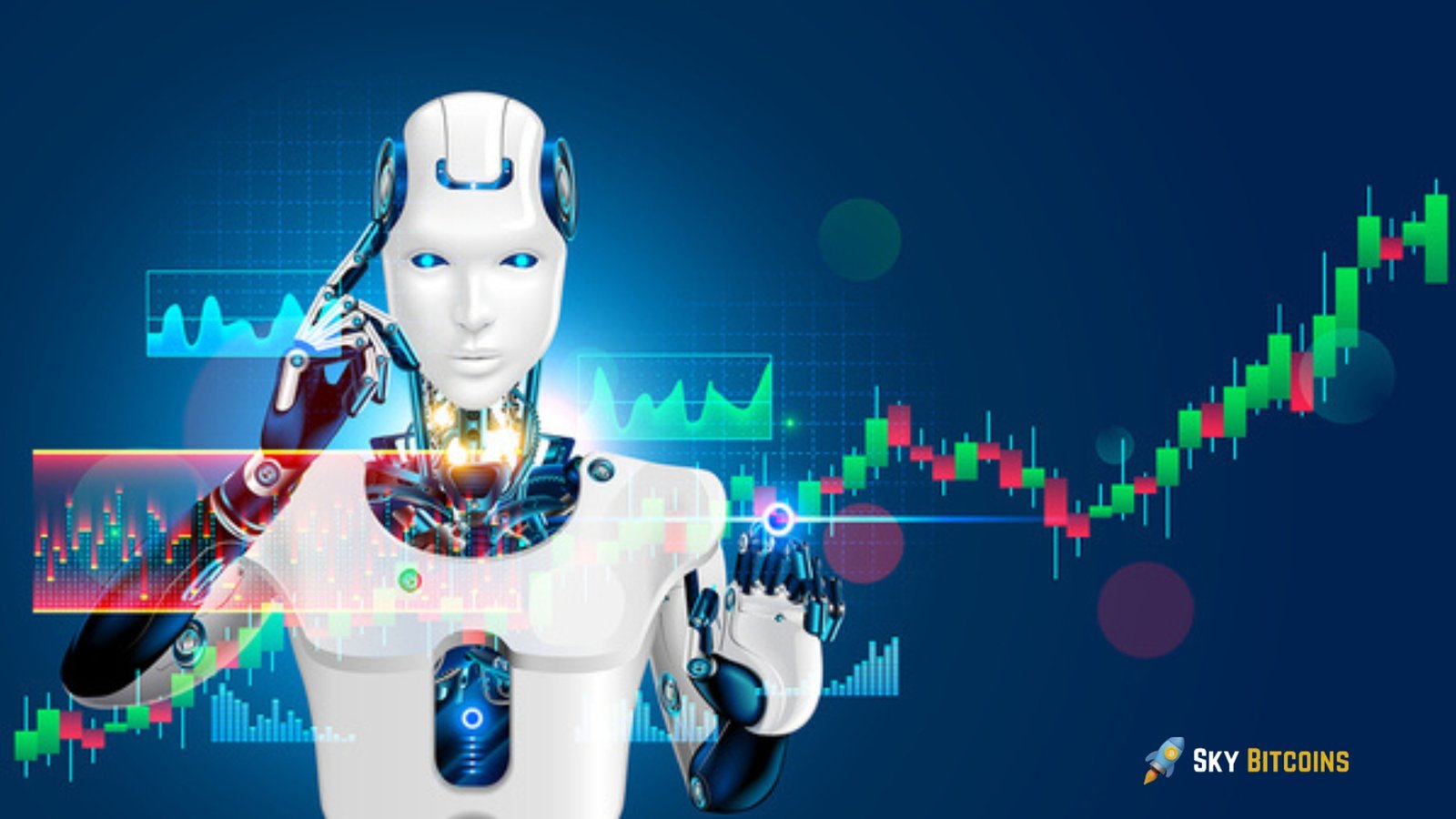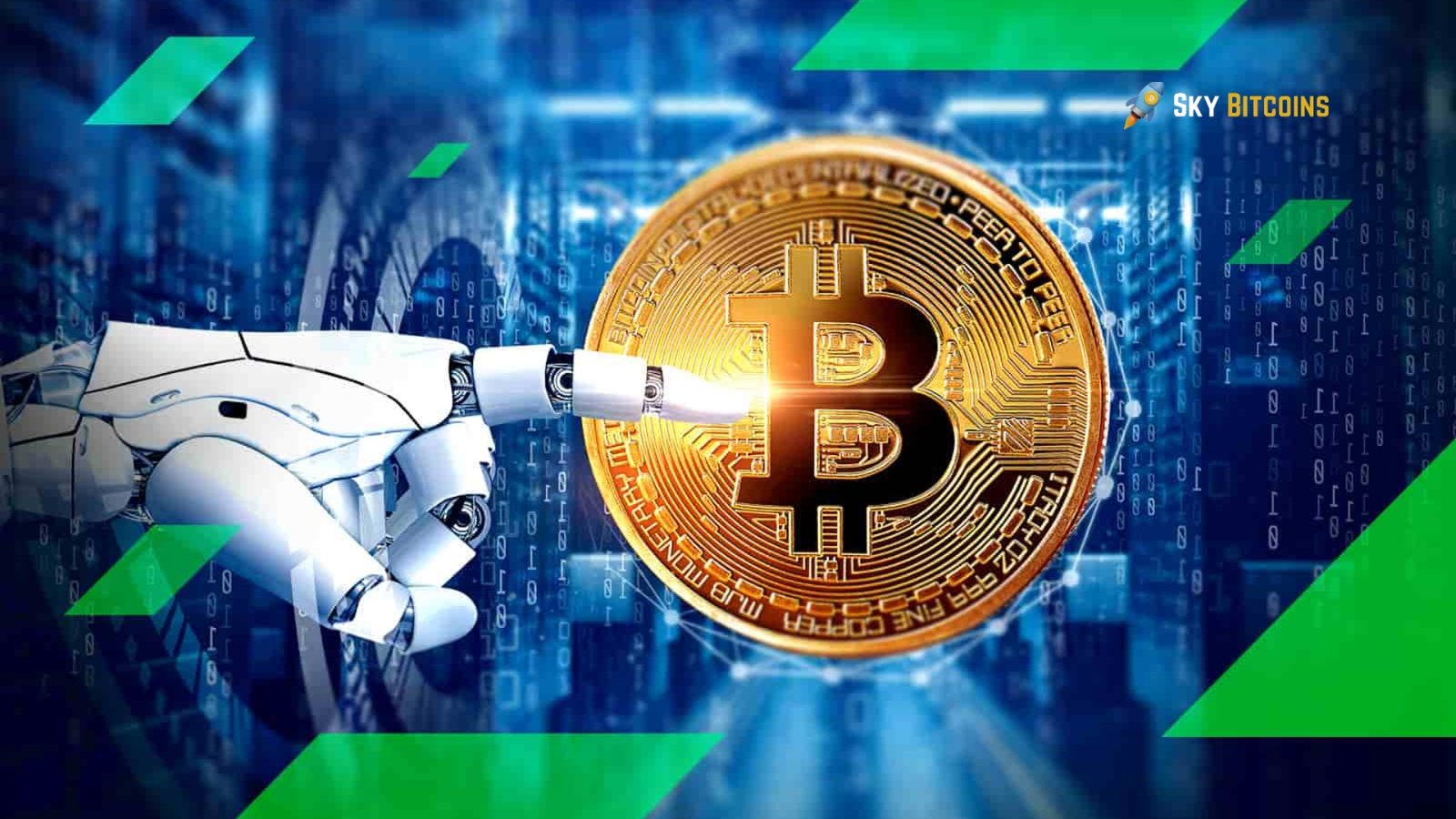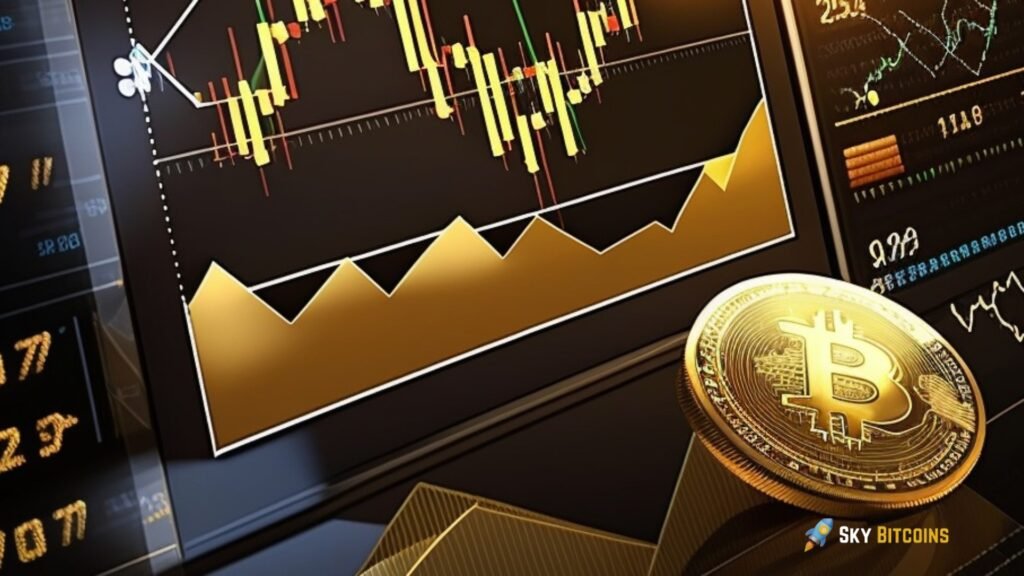Bitcoin has come a long way. It is a digital currency that many people now use and respect. Systems for trading Bitcoin are changing along with the market. They help individual investors and big banks trade Bitcoin easily and efficiently. In 2024, Bitcoin trading systems will use new technologies like AI and high-frequency trading. They will be easier for people to use and more advanced. The whole Bitcoin trading world is getting better. In this essay, we will look at different types of Bitcoin trading systems, their good and bad sides, and how they change how people trade.
What is a Bitcoin Trading System?
In order to buy, sell, and manage Bitcoin trades, a Bitcoin Trading System, which can be a software platform or a combination of tools, is necessary. Institutional investors and hedge funds use highly complicated algorithms; nevertheless, everyday traders only use simple mobile applications. These tools are built to simplify and optimize the trading operation and diminish the need for manual input. Components of the group of Bitcoins trading system:
- Trading Interface: A trading platform where traders place orders and monitor the market. This could be a desktop, mobile, or online app.
- Order Execution: The mechanism that executes buy or sell orders based on predetermined rules or algorithms.
- Market Data: Real-time feeds of Bitcoin price movements, volumes, and other critical metrics.
- Risk Management: Tools for managing risk, such as stop-loss orders, portfolio analysis, and leverage management.
- Automation and Algorithms: Algorithms that automate trading strategies based on market signals and pre-set conditions.
Types of Bitcoin Trading Systems in 2024
Different Bitcoin trading systems serve different purposes and skill levels. The primary types utilized now are:
Manual Trading Platforms
Manual Bitcoin trading platforms are the simplest. Their user interface lets traders manually place buy and sell orders. Real-time price displays, historical data, and market, limit, and stop-loss orders are common on these platforms. Market-analysis-based manual trades are common on Coinbase and Binance. Beginners who like hands-on trading will love these platforms’ straightforward UI.
Automated Trading Systems
Traders can program their methods and execute them automatically using automated trading systems. A stop-loss order is the most basic form of this system. Still, more advanced systems can use numerous indicators, such as moving averages, the relative strength index (RSI), and Fibonacci retracements, to execute trades.BitMEX and Bybit let traders trade automatically using bots or pre-configured algorithms. This arrangement appeals to expert traders who want to profit from the market’s 24/7 nature without being at their computers.
Algorithmic Trading Systems
Institutions and experienced traders are the primary targets of algorithmic trading systems. By applying sophisticated models and algorithms, they can do much more trading faster than humans. The strategy mainly known in algorithmic trading is high-frequency trading, which involves some algorithms performing 100 deals every second to exploit tiny price differences.
Algorithmic trading became the implication of the year 2024 due to the performance of institutional traders and hedge funds slowing down the financial market for the first time, which was close to stagnating. Platforms such as QuantConnect and MetaTrader let users perform backtesting and algorithm deployment.

Copy Trading and Social Trading Platforms
Users are able to duplicate successful trader deals automatically via copy trading systems. This is a platform whereby beginner traders can “copy” the experience of more advanced traders. Traders using social trading platforms can add this idea by including a social layer, which enables them to follow other traders, exchange market information, and discuss trading processes. Copy trading has gained enormous popularity on platforms like eToro, which, in fact, are majorly dealing with new traders who have no confidence in the ability to trade individually. The social reputation and the hacking of these systems produce transparency and accountability in the face of more complex problems by 2024.
Decentralized Trading Systems
The Bitcoin trading ecosystem is a platform that has experienced a proliferation of decentralized exchanges (DEXs). With DEXs, there is a mechanism to a smart contract that makes peer-to-peer trading possible. In contrast, centralized exchanges depend on a singular authority to carry out orders and act as liquidity providers. Among the advantages of the new concept is that it offers more transparency in financial transactions and protects privacy and security issues.
Uniswap, PancakeSwap, and Binance Smart Chain are just some of the decentralized systems created in 2024 to provide Bitcoin trading through wrapped tokens. If you’re a trader who is well aware of the privacy concerns, hacking, and bankruptcy problems with centralized exchanges, you should look into decentralized trading platforms.
Key Features of Advanced Bitcoin Trading Systems in 2024
Trading platforms for Bitcoin have come a long way, with many new features that make trading easier and more efficient. Some of the most innovative characteristics that will be considered standard in the year 2024 are listed below:
High-Frequency Trading
High-frequency trading (HFT) has been commonplace in Bitcoin, especially among large financial institutions. HFT systems can execute thousands of trades in milliseconds and utilize complex algorithms to exploit small price inefficiencies. Despite concerns that HFT can make markets even more volatile, it is nevertheless an important tactic for large financial institutions.
Smart Contracts for Automated Execution
Smart contracts have entered Bitcoin trading systems, especially on decentralized exchanges. By eliminating the need for intermediaries, smart contracts automate the execution of trades when certain criteria are satisfied. This improves security and openness and decreases trading fees.
Risk Management and Leverage Tools
These days, high-end Bitcoin trading platforms have elaborate tools for mitigating risk. To reduce risk, traders might adjust their leverage, stop-loss orders, and position sizes according to sophisticated regulations. Additionally, some systems provide real-time market data-driven leverage ratio adjustments, a form of dynamic risk management.
Backtesting and Simulation
You can now backtest your methods on historical data using several Bitcoin trading systems. This will give you a leg up when deploying them in real markets. This tool allows traders to hone their strategies and find flaws without risking money.
Artificial Intelligence and Machine Learning
Artificial intelligence and machine learning technologies can better predict crypto market patterns. These innovations allow for the real-time adjustment of trading strategies by rapidly analyzing massive volumes of data. To optimize trade entrances and exits, AI systems may, for instance, examine past price data, sentiment in the news, and on-chain measures.

Risks and Challenges in Bitcoin Trading Systems
In the fast-paced and unpredictable cryptocurrency market, there are risks associated with Bitcoin trading systems despite their many benefits. Among the most significant obstacles are:
- Market Volatility: Bitcoin’s notoriously volatile pricing makes rapid profits or losses possible. Traders run the Bitcoins of losing money quickly if their plans aren’t well-executed when they use high-leverage trading.
- Technical Failures: Technology is crucial in automated and algorithmic trading systems. Trades might be lost, executed incorrectly, or executed at all due to technological issues such as server downtime, internet disturbances, or software defects.
- Over-reliance on Automation: While automated systems might improve efficiency, they pose a serious risk if used excessively without human supervision, which can result in disastrous losses. Traders should monitor their systems and make necessary changes to adapt to the ever-changing market.
- Regulatory Risks: As Bitcoin gains traction in different countries, trading platforms for the cryptocurrency will need to adapt to new regulatory requirements. Traders relying on non-compliant systems or exchanges risk having their accounts suspended or even sued.
Also Read: Bitcoin Future Predictions for the Next Decade
In Summary
In 2024, the Bitcoin trading platforms have become much more complex, including cutting-edge techs such as algorithmic trading, decentralized exchanges, and artificial intelligence. The browser that supports these features will allow people of all skill levels to access the tools that give them an active but more controlled Bitcoin trading experience. However, trading has potential weaknesses, especially in volatile and unexpected markets like Bitcoin. A successful cryptocurrency trader must get clear information about the systems, features, and corresponding risks they may encounter. The more sophisticated and easy-to-use trading platforms will be a determining factor in the cryptocurrency market in the future when Bitcoin continues its growth and attracts investors at both institutional and individual levels.
[sp_easyaccordion id=”4228″]


